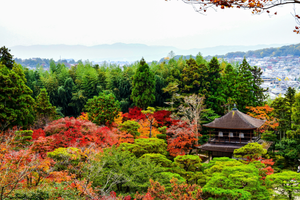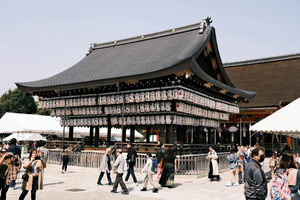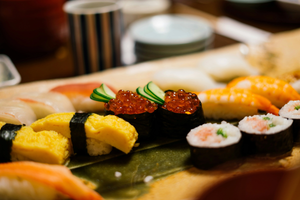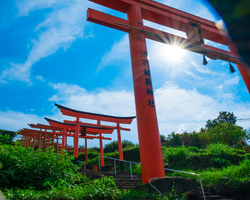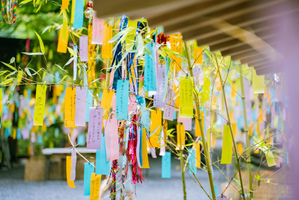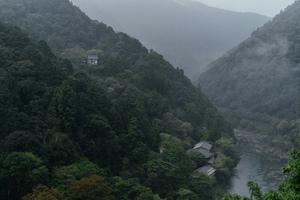How Seasonal Aesthetic Influences Language in Kyoto's Tea Ceremonies
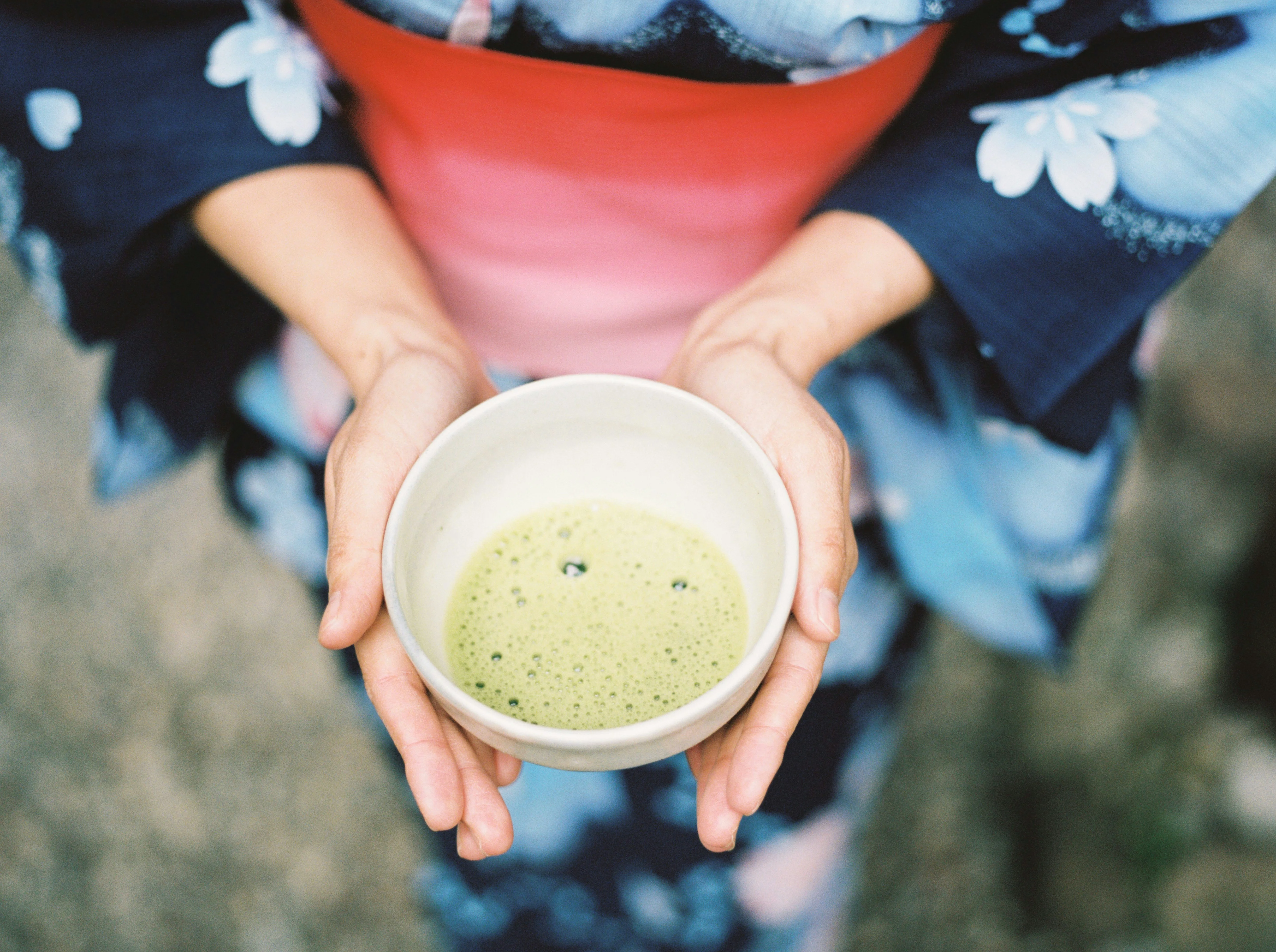
In a city as steeped in tradition as Kyoto, where history whispers through the leaves of ancient temples and the quiet alleys tell stories of the past, the tea ceremony stands as a pillar of cultural heritage. Yet, while many are drawn to its elegance and ritualistic precision, few outside Japan grasp the nuanced influence of seasonal aesthetics on the language used during these ceremonies. This dynamic interplay not only enhances the experience but offers budget travelers a profound cultural and linguistic narrative to explore.
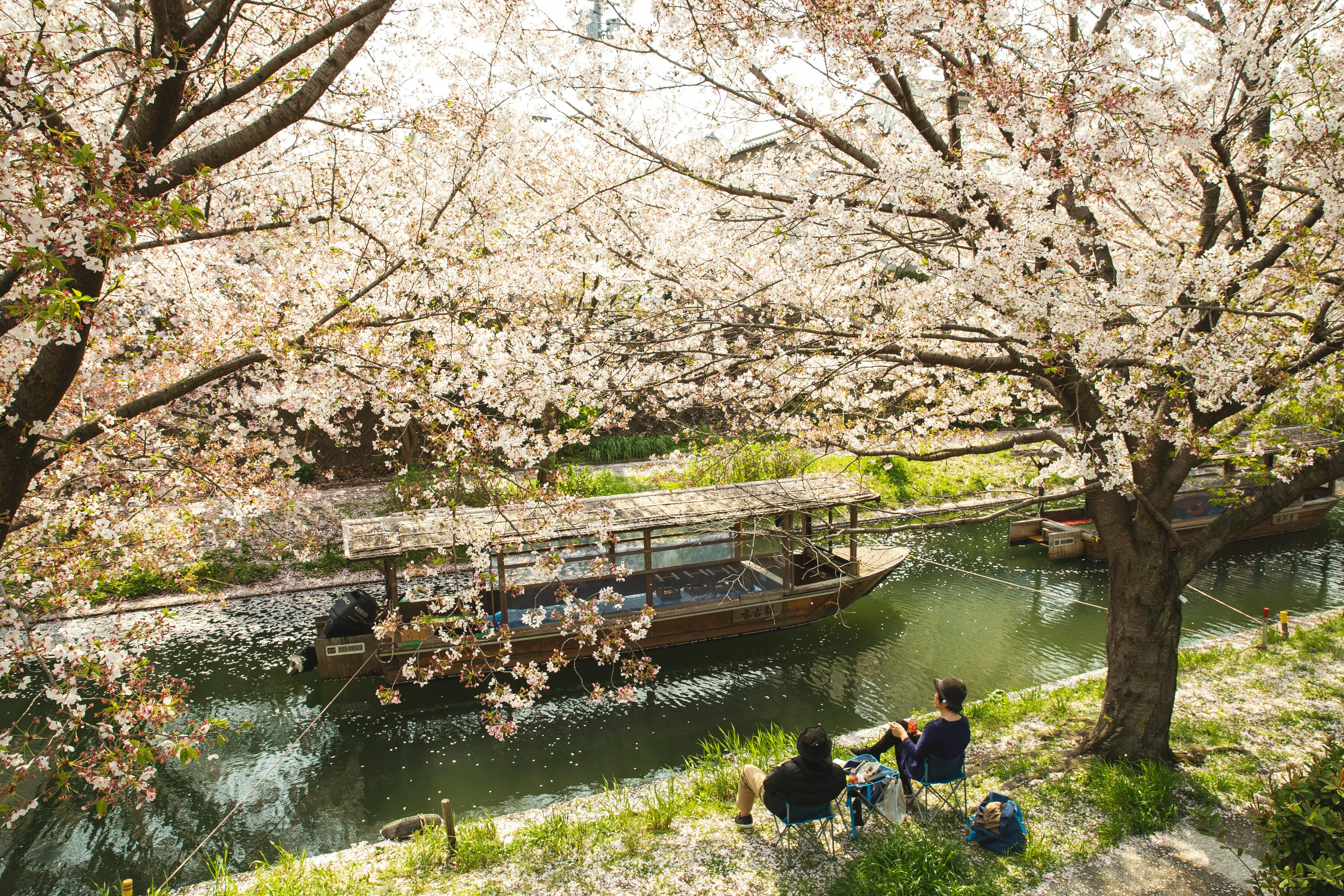
The Essence of Seasonal Change in Kyoto
Kyoto, uniquely attuned to the rhythms of nature, celebrates each season's distinct beauty through various cultural practices. The city, surrounded by verdant mountains and lush gardens, serves as a living canvas where spring blossoms, summer verdure, autumn hues, and winter's icy charm are celebrated with equal reverence. This celebration of nature's cycle deeply influences local culture, particularly the tea ceremony, known as "chanoyu" or "sado."
Harmony Between Seasons and Language
In Kyoto's tea ceremonies, the language used by tea masters and participants is rich with seasonal references. Traditional haikus, seasonal greetings, and poetry are integrated into the dialogue, making the language a reflection of the season's spirit. For instance, in spring, the themes may revolve around renewal and the ephemeral beauty of cherry blossoms, while autumn brings a focus on impermanence and the vivid transformation of leaves.
This linguistic adaptation isn't just about mere words; it's a cultural immersion that allows one to connect with the environment and the moment. Travelers with an appreciation for language and detail will find this seasonal melody in speech a compelling aspect of their experience in Kyoto.
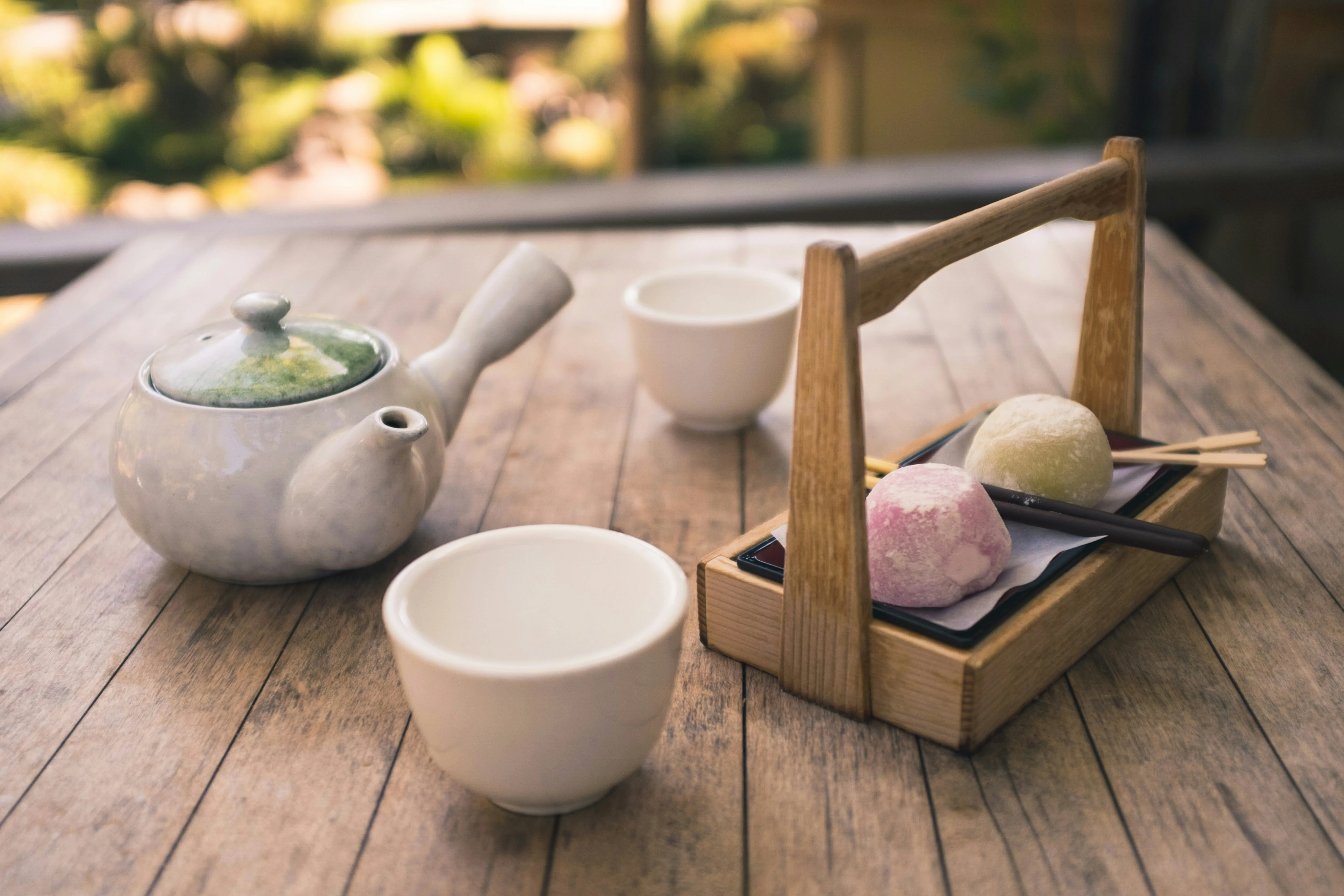
Experiencing Tea Ceremonies as a Budget Traveler
Kyoto offers numerous opportunities to experience this cultural mosaic without straining your wallet. Several temples and tea houses offer reasonably priced tea ceremony demonstrations, where English explanations are often available. For a truly authentic experience, visitors can venture into quieter neighborhoods where local tea houses provide more intimate and immersive settings.
While participating, pay close attention to the poetic seasonal phrases used by the tea master, as these are carefully chosen to complement the ambiance, reflecting the current season's aesthetic. Understanding these subtleties can transform a simple act of sipping tea into a culturally enriching experience.
A Unique Linguistic Tradition
The elegance of the tea ceremony lies not only in its physical movements and the serene aesthetics of its setting but also in the unique linguistic tradition that accompanies it. The language acts as a bridge, connecting participants to the virtues of appreciation, respect, and mindfulness—hallmarks of the tea ceremony.
Words spoken during the chanoyu often include references to traditional poems or sayings that highlight seasonal beauty or convey a deeper philosophical insight. These elements make the ceremony more than a cultural encounter; it becomes an educational journey through linguistic and seasonal artistry.
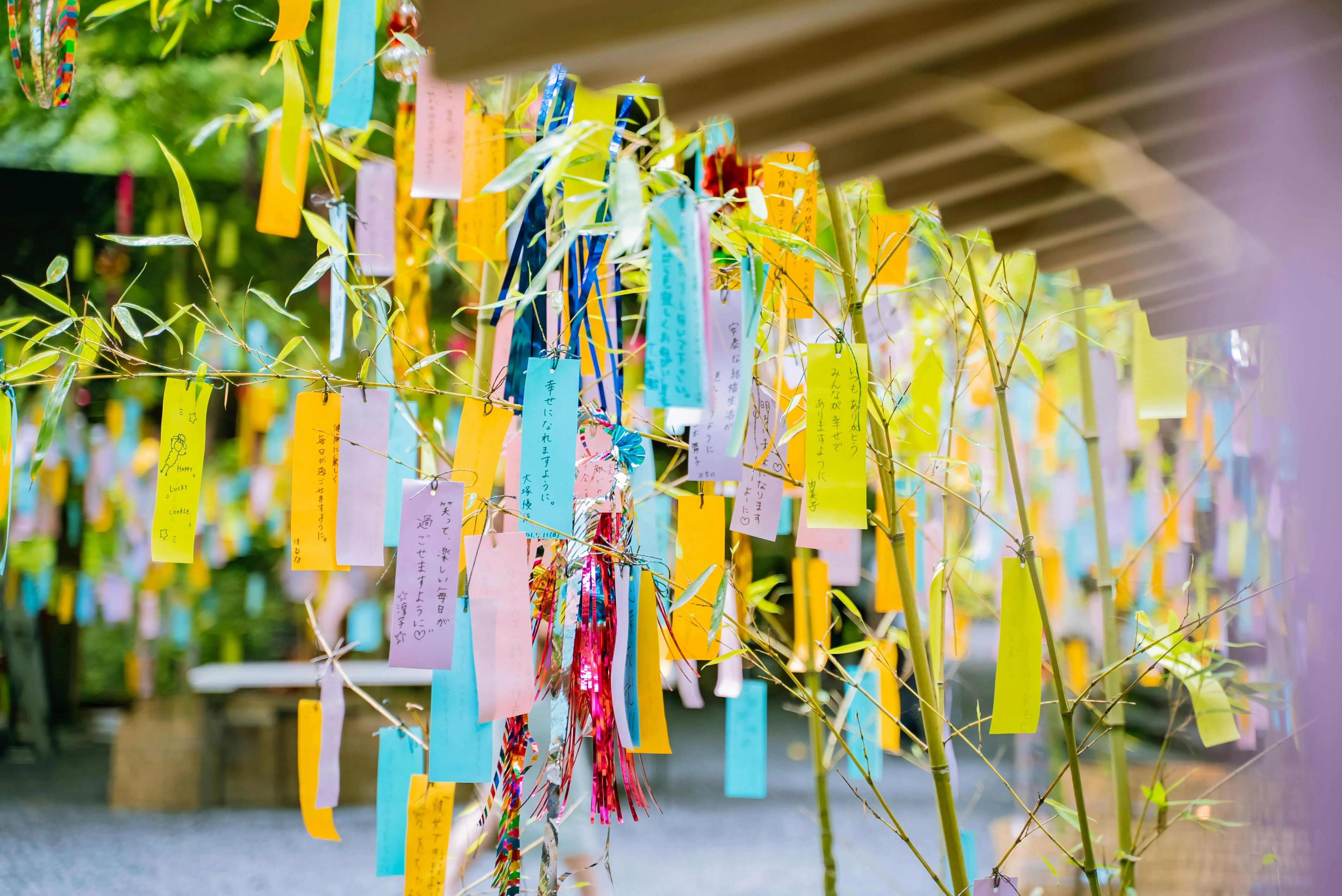
Conclusion: Embrace the Seasons in Kyoto
As you explore the historic city of Kyoto, take the time to delve into its tea ceremonies, where language and season intertwine seamlessly. This experience offers more than just a glimpse into Japanese culture; it provides an opportunity to immerse yourself deeply in the rhythmic harmony of nature's cycles. For budget travelers keen on uncovering the rich tapestry of Kyoto's traditions, the seasonal aesthetic within these ceremonies offers a window into the soul of Japan—one that welcomes everyone into its circle.
The intersection of language and aesthetics in Kyoto's tea ceremonies encourages travelers to not only see but also to feel the changing seasons, fostering a connection that transcends cultural boundaries and offers a truly unique experience.
